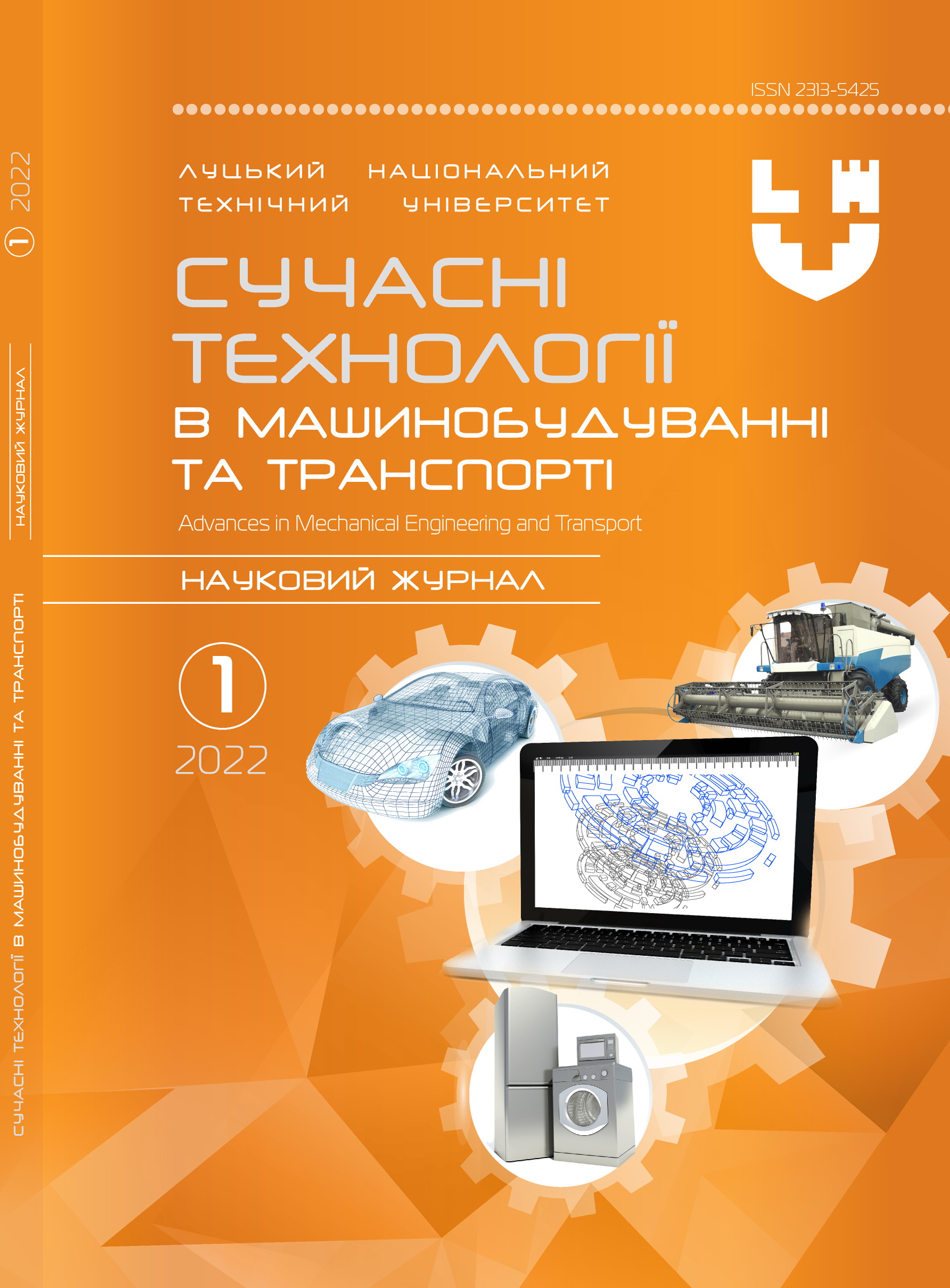Improving efficiency of border checkpoints while using a queuing theory
Abstract
The current state of border checkpoints has been analyzed. It has been identified that the network is characterized by an obsolete infrastructure, time-consuming border crossing, irregular arrangement of the border checkpoints, heavy workload etc. Establishing of new border checkpoints is the most logical and obvious responses to the challenges. The mistakes, made at the design stage as for the probable densities of traffic within them, turned out to be the main reason of poor efficiency of border checkpoints. Defective design, incorrect determination of adequate number of such checkpoints, their arrangement, and techniques and procedures applied influence heavily actual traffic density. Serving system within a motor vehicle crossing point may be considered as a queueing system and classified depending upon several factors: the number of service channels, service procedure, service pla,; and frequency of service stages. Multichannel waiting service system has been involved while designing a checkpoint pattern for a highway, i.e. while arriving at a crossing point, vehicles get in line no service channel is free. A graph demonstrates all the possible operating procedures of such a multichannel system. A procedure to calculate operating characteristics of the multichannel system of a border checkpoint with waiting has been represented; probabilities of the system being within each state have been defined depending upon the number of service channels. Determination of optimum number of service channels for a border checkpoint has made it possible to minimize waiting time as well as duration of a vehicle stay within the system. The abovementioned supports the improved efficiency of a border checkpoint.
Keywords: queueing theory, motor vehicles, checkpoint, multichannel waiting service system, state probability.




